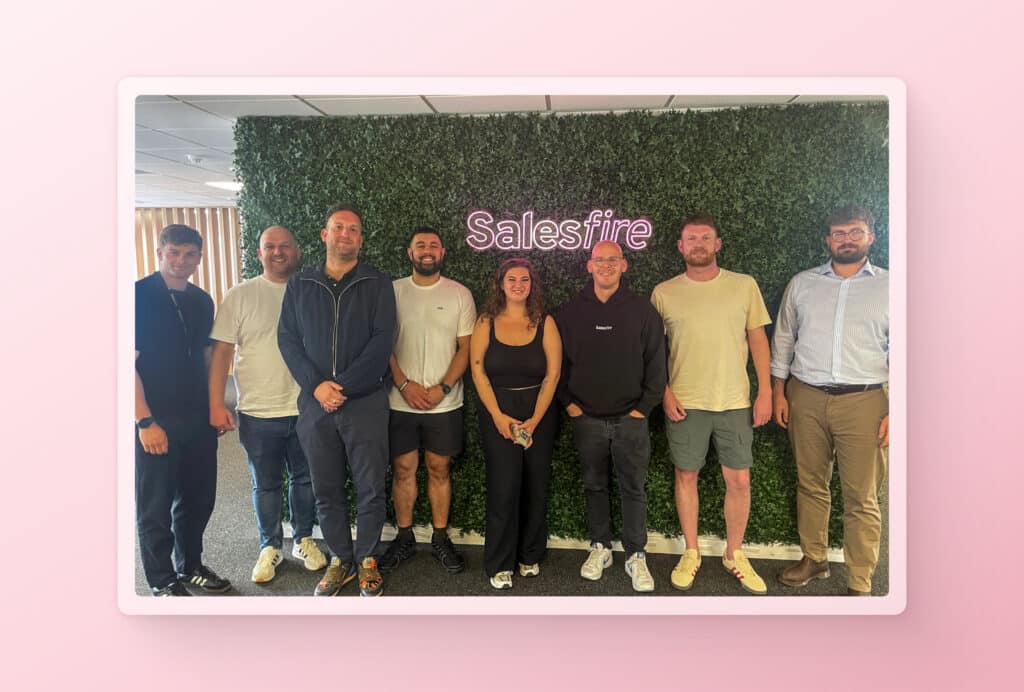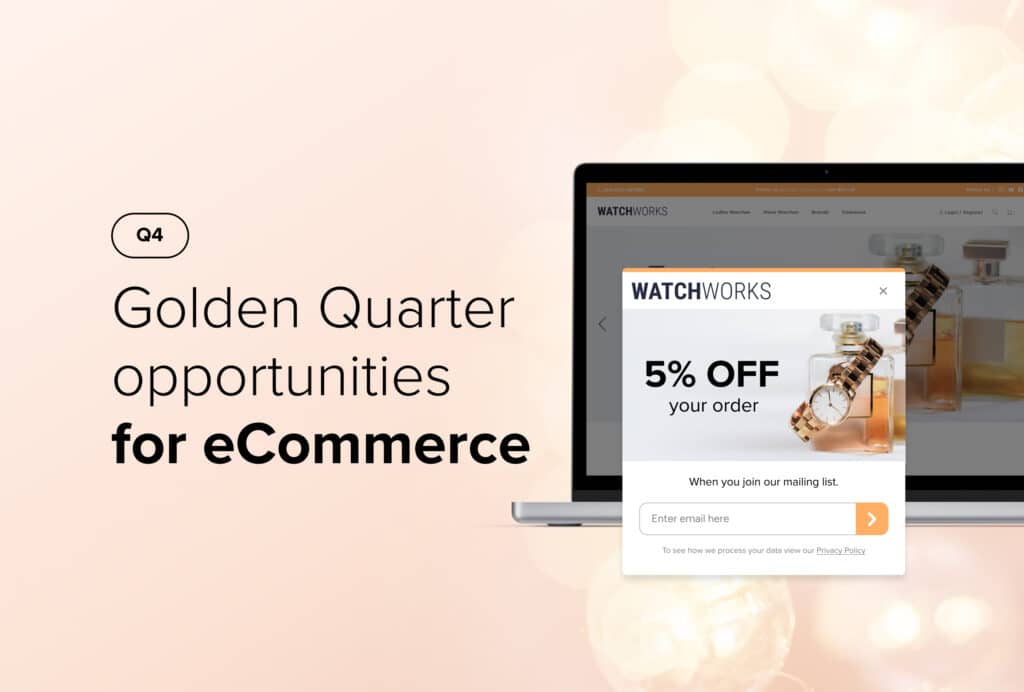5 Top Tips for Growing Your Subscriber Database
By Josh McGregor • Last updated: Wednesday May 1st, 2024

1. Treat GDPR as an opportunity, not an obstacle
From the moment GDPR was announced, it was portrayed negatively and as a huge obstacle for businesses utilising email marketing as a re-engagement / retention tool. This attitude towards GDPR sets your business up for failure, so focusing on the opportunity GDPR brings is vital.
Although it may have caused some setbacks or additional work to ensure your marketing is compliant, it’s actually a great opportunity for companies to take a fresh approach in how they collect, obtain and manage their data, and improve their email practices.
It’s also an opportunity to concentrate on giving your customers real value, and have a meaningful experience and a positive customer journey with you in exchange for their data.
2. Focus on the quality of your data, not the quantity
GDPR might feel like a big hit to your marketing, and your mailing lists may have dwindled, but the new legislation does enable you to focus on quality over quantity. The regulations state that you should be regularly cleansing data, and recommend removing any data that hasn’t engaged for more than 12 months, and offer an easy opt-out.
Although this seems dramatic, it allows you to get rid of the dead wood, minimising the amount of emails going out to old addresses, unmonitored mail accounts, and being picked up by spam filters. This reduces bounce rates and unsubscribes, and also has the potential to increase your open rates and the quality of customers your emails are reaching.
GDPR has instigated a drive to influence opt-ins in an attempt to preserve as much data as possible. These opt-in campaigns also have the potential to bring in new, fresh customers you may have otherwise not reached.
3. Be transparent and positive about consent
Depending on whether you’ve chosen to take the consent route or rely on legitimate interest to justify your marketing and data retention, it’s important you are positive and transparent about your intentions with your customers.
If you have gone with legitimate interest, it’s important to include a clear statement within your privacy policy, providing any information or contact you are potentially having with your customers within your database, how their data was retained, and why it is of interest to them.
If you have taken the consent route, providing a tick box at the point of opt in, with a clear statement highlighting what they are opting into, is best practice to ensure you are complying.
4. Use Overlays on your website to replenish your data
The great thing about website traffic is, once the visitor is there, they are already actively engaged in its content. This makes it the perfect space to influence your customers to opt in to newsletters to replenish your databases with relevant and fresh emails and information.
Overlays are a fantastic way to engage customers at the right time in their journey through your website, allowing you to capture information such as email addresses, in return for an incentive or relevant information that might be of interest to the customer at a relevant time in their customer journey.
5. Use offers and incentives to encourage opt-in
Using offers and incentives is a great way to engage and convert customers in any instance, but utilising this with an opt-in campaign is a clever way influence a conversion on the customers terms giving both the customer and the company an advantage.
Not only will this encourage your customers to opt in to mailing lists, but it gives the customer added value, improving their customer experience. As well as an increase in newsletter sign ups / opt-ins, it also drives customers towards the check out, increasing your sales conversions.
See how Salesfire can help you optimise your product discovery experience, email one of our experts at [email protected] or book a free demo of our personalisation tools.



